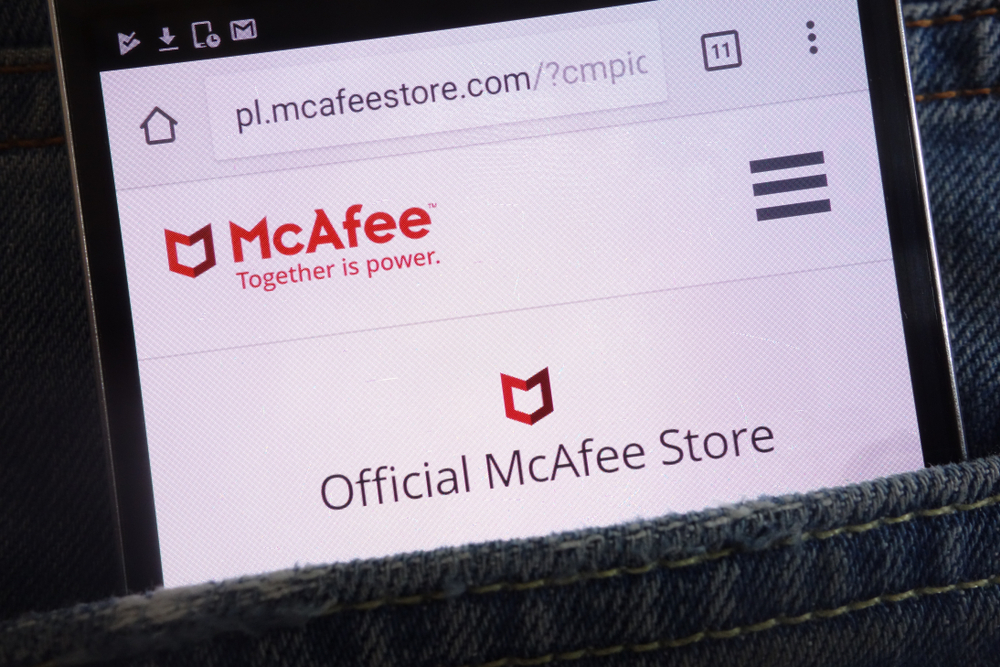Comprehensive Overview of McAfee Cybersecurity Solutions
This comprehensive article provides an in-depth look at McAfee's history, products, and security features. It covers company background, key cybersecurity solutions like VirusScan and McAfee LiveSafe, and explains how their antivirus and firewall technologies protect users from online threats. The piece also highlights recent corporate developments and the importance of proactive malware defense. Perfect for anyone seeking to understand McAfee's role in digital security, the article offers valuable insights into its innovative approach to safeguarding systems across personal and enterprise networks.

Comprehensive Overview of McAfee Cybersecurity Solutions
McAfee is a leading global provider of cybersecurity software, headquartered in Santa Clara, California.
In 2011, Intel acquired McAfee, integrating it into its security division. A significant partnership was announced in September 2016 with TPG Capital, leading to the creation of a joint venture named McAfee, finalized in April 2017. Thoma Bravo acquired a minority stake, while Intel retained 49%.
Founded by John McAfee in 1987—who later stepped down in 1994—the company has grown through mergers, including the 1997 alliance with Network General, Helix Software, and PGP Corporation to form Network Associates.
McAfee's portfolio features flagship products like McAfee VirusScan, integrated into suites such as McAfee Total Protection, McAfee LiveSafe, and formerly Sky Broadband. McAfee LiveSafe combines antivirus, anti-spyware, anti-ransomware, and firewall features.
Another key offering, VirusScan Enterprise, is designed for large-scale network management, providing client and server applications for updates and configuration, while McAfee ePolicy Orchestrator (ePO) centralizes control over its security tools.
In 2008, McAfee announced VirusScan for Mac 8.6, compatible with both PowerPC and Intel-based Macs. Its antivirus solutions protect systems by blocking malicious entries and eliminating threats that bypass firewalls.
Using an automatic web crawler, McAfee updates its virus database to detect and neutralize emerging malware threats. Once scanning completes, the software reinforces the system's defenses. Its robust firewall safeguards against intrusion, issuing alerts for potential threats and warning users about malicious websites. If malware is accidentally authorized, the scanner engine swiftly detects and eradicates it to prevent damage.
Note:
This article offers insights into McAfee’s cybersecurity solutions, drawing from extensive research. Readers should consider this information as guidance, not definitive advice. The website is not responsible for data discrepancies or inaccuracies and acknowledges that newer schemes or offers may not be included.









